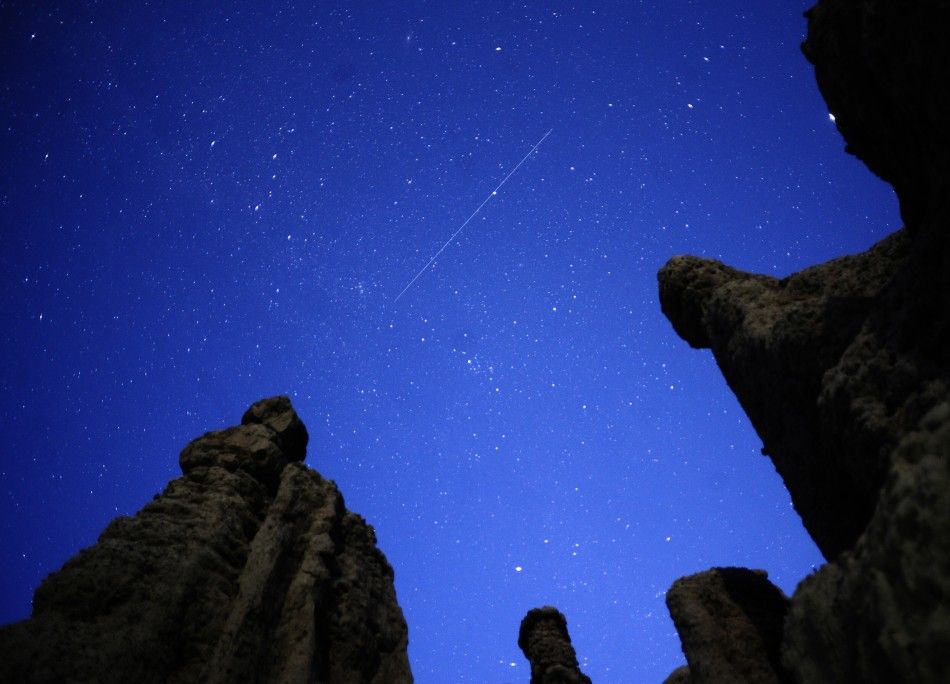Perseid Meteor Shower 2011: Amazing Photos from the Peak
The Perseid meteor shower in 2011 was partially drowned by the light of the full moon. Still, the night of August 12 to the dawn of August 13, which marked the peak of the Perseids in 2011, still wowed and dazzled viewers.
The Perseid meteor shower is typically the brightest meteor shower each year. It happens when the earth's orbit coincides with a cloud of debris left by the comet Swift-Tuttle (mostly from over 1,000 years ago).
The debris of ice and dust burn up the earth's atmosphere and create the streaks of light viewers saw on the night of August 12.
The meteor shower received its name from the fact that the meteors appear to originate from the constellation Perseus.
The Perseid meteor shower of 2011 isn't over it; the night of August 12 only represented the peak.
Spectacular views of it were captured in the days before the peak and will possibly be available in the days after it when the moon is less brilliant.
Below are photos captured between the night of August 12 to the dawn of August 13.





© Copyright IBTimes 2024. All rights reserved.











